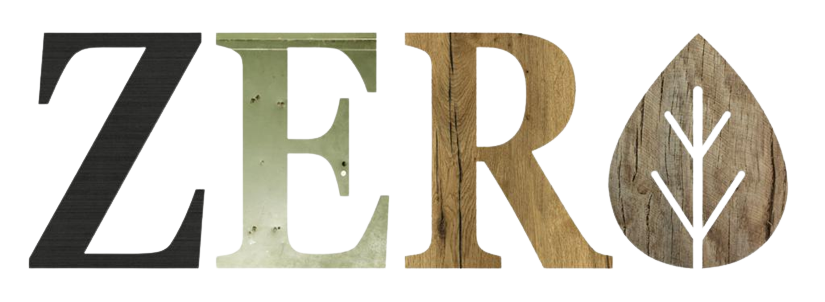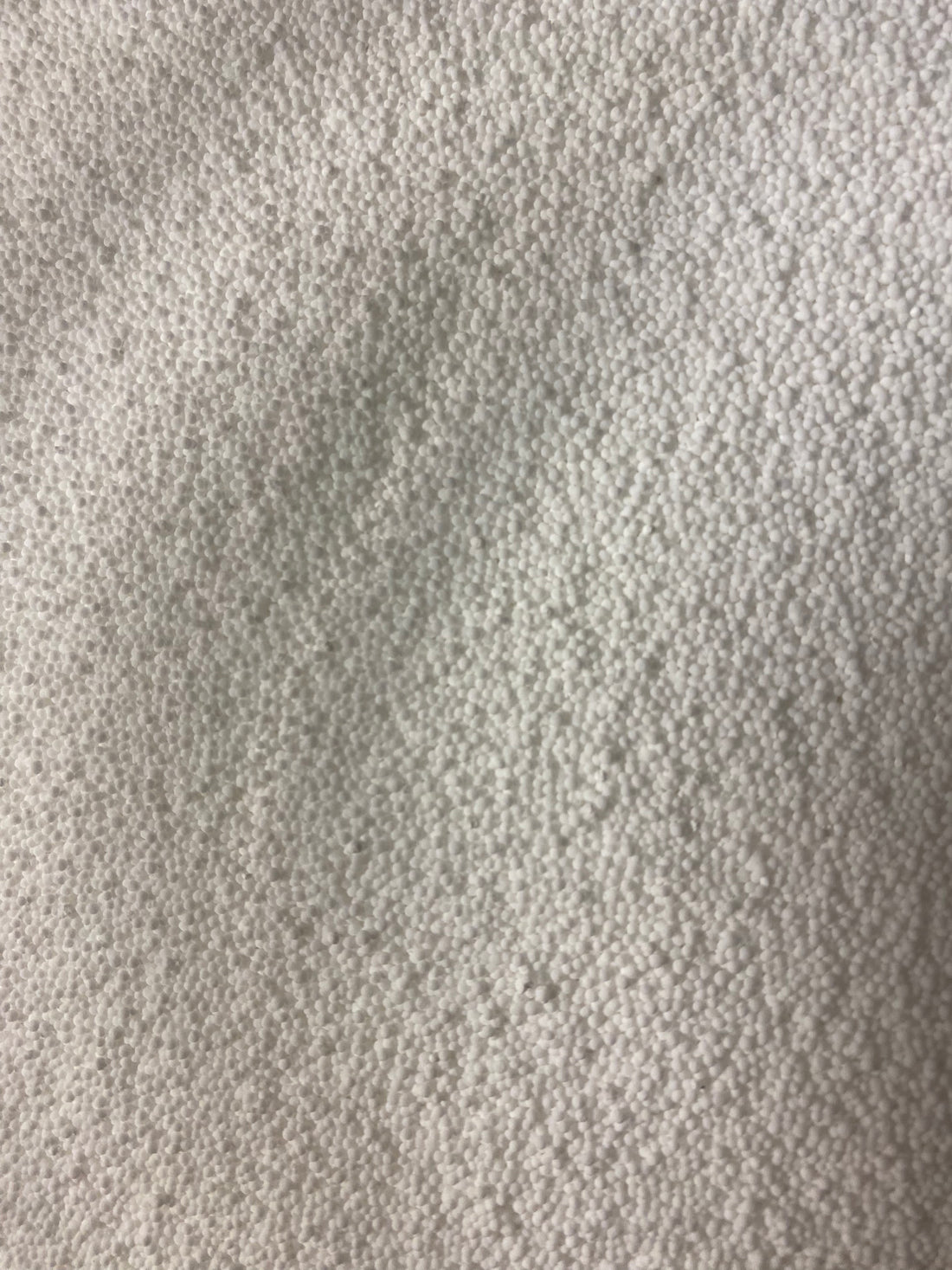Sodium percarbonate, also known as oxygen bleach, eco bleach, or clean bleach is a natural bleach made up of soda crystals and hydrogen peroxide.
It is an eco-friendly alternative to chlorine bleach, as it is non-toxic and biodegradable.
How does it work?
When sodium percarbonate is dissolved in water above 50°C, a chemical reaction occurs, and it breaks down into sodium carbonate and hydrogen peroxide. (If you’ve ever had highlights done, you’ll know that hydrogen peroxide is a bleaching agent). Oxygen is also released in the process - remember Vanish Oxi Action? It’s the same principle - this oxidisation process is great at shifting stubborn stains.
Unlike chlorine bleach, hydrogen peroxide is a gentle, colour-safe stain remover. Meaning it can make your whites whiter, but it will not remove colour from your clothing. Although gentle, you should avoid using it on delicate fabrics like silk and wool.
What can it be used for?
What CAN’T it be used for? Essentially anything that needs stains lifting or deodorising. It is especially effective for laundry: get yellow pit stains out of white clothing, freshen up school shirts, disinfect cloth nappies, deodorise trainers. It can also be used to sterilise, remove mould, and as a general cleaner
How to use it?
For laundry:
As an addition to your laundry detergent: add 1 tbsp to the drum and add your usual detergent as normal. If your washing is heavily soiled or stained, add 2 tbsp. Sodium percarbonate improves the performance of laundry detergents
To pre-soak/whiten clothes: soaking your clothes in warm water for 6 hours (1 tbsp of sodium percarbonate per 2 litres of water) works to whiten clothes - do this before adding them to the washing machine.
For stains: make a paste using sodium percarbonate and water, and apply directly to the stain (best to leave the paste to sit for a few minutes first, as it fizzes). Gently rub the paste into the fabric and then wash as normal. Be careful with delicate fabrics - it’s best to do a patch test elsewhere on the item before applying to the stain, just in case.
To sterilise cloth nappies: soak in hot water for an hour (minimum) with 3 tablespoons of sodium percarbonate, and then wash as normal.
For upholstery and fabrics around the house: in a spray bottle, combine half a tablespoon of sodium percarbonate with 250ml of warm water and spray onto the affected area. Rub in, leave to sit for 10 minutes, then rinse with fresh water and pat dry. Again, always test first in an area that isn’t obvious to make sure no damage is done.
In the kitchen:
Getting rid of tea stains in mugs: this stuff works wonders to get your mugs looking brand new again. Add a couple of teaspoons to your mug, fill with boiling water, and let it sit for 15 minutes. They’ll come out sparkling
Sterilising your sponges and cleaning brushes: add these items to a bowl with 500ml hot water and 1tsp sodium percarbonate and leave to soak for 15 minutes before drying thoroughly
Cleaning your bins (also works for outdoor bins): Add 1 cup (16 tablespoons or approx 250g) to 5 litres of water, straight into the bin and let soak for a few mins. Scrub and rinse.
Removing labels - soak your jars in a sinkful of water with a few tablespoons of sodium percarbonate (remember not to fill the sink all the way to the top as there will be bubbling). Leave to soak for an hour and slide off.
Deodorising the fridge: mix half a tablespoon with 250ml hot water in a spray bottle (make sure the bottle holds at least 500ml water!) and spray into your empty fridge. Leave for 10 minutes before rinsing and wiping down. You can use any leftover solution as a general purpose spray (but it wont keep long, so use it the same day).
Cleaning mop heads: place the mop head in its bucket with boiling water, and add 3 tablespoons of sodium percarbonate. Leave for 20 minutes and rinse.
In the bathroom:
Cleaning grout: make a paste, wait 15 minutes, and then apply to grouting with an old toothbrush before rinsing
Cleaning the toilet: Add 6 tablespoons to the toilet bowl, wait 15 minutes, and then scrub clean
To freshen up drains: put the plug in the bath/sink, add 2 tablespoons sodium percarbonate and add hot water. Leave to sit for 20 minutes, remove the plug and wipe down and rinse the sink.
How much is it?
100g of sodium percabonate (approx 8 tablespoons) is just £1 at Zer0. That means you could do everything on this list for £5.50!

